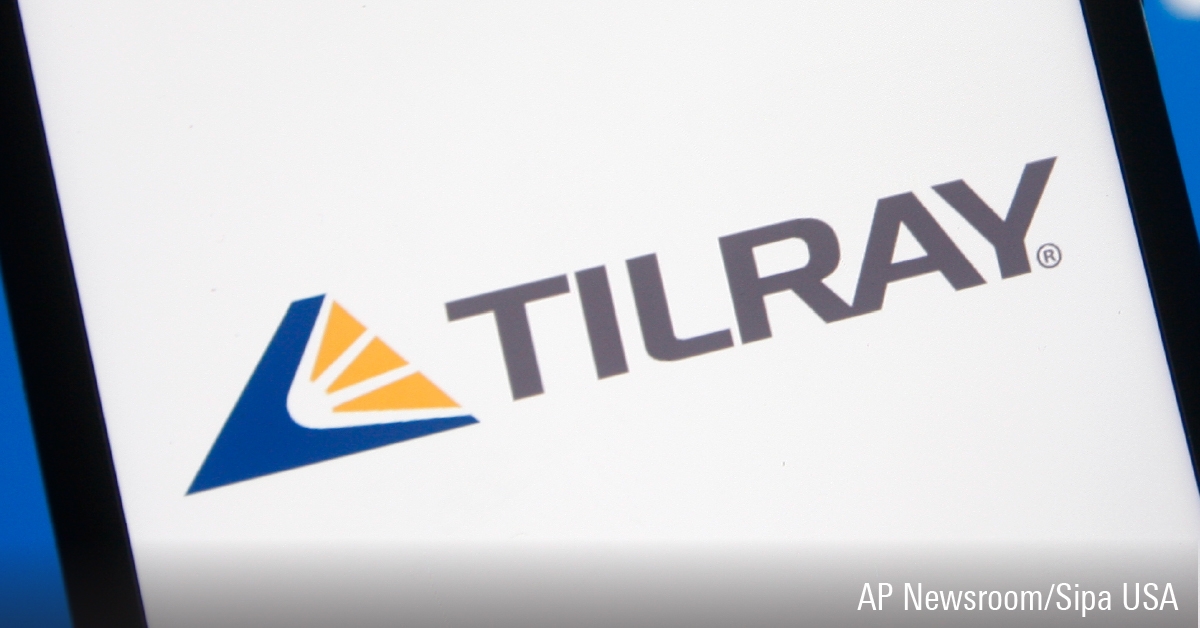Morningstar's global manager research team has analyzed and rated thousands of funds around the world during the past two-plus decades. In conducting our research, we have identified five "pillars" that underpin successful funds. These same pillars also form the framework we use in performing our analysis. These pillars are:
- People: We assess the calibre of the portfolio managers, analysts, traders and others tasked with running a portfolio.
- Parent: We scrutinize fund sponsors' alignment with the best interests of their funds' shareholders.
- Process: We gauge whether a fund's strategy is prudent, sensible and repeatable.
- Performance: We analyze funds' historical performance on an absolute basis, a risk-adjusted basis, relative to peers and across a variety of market conditions.
- Price: Fees matter. They are one of the only reliable predictors of future relative performance. As such, they are a vital input into our analysis.
We use this same approach globally, across all kinds of funds (traditional mutual funds, exchange-traded funds, closed-end funds, and so on) and all types of strategies (active, passive, and in-between).
Of course, we place more emphasis on some pillars than others, depending on the type of fund in question. For example, we will weigh the People Pillar more heavily in the case of a concentrated actively managed stock fund than we will for a total-market index fund.
In other cases, the way we define and dive into a particular pillar may vary. Process is a perfect case in point. Active managers' processes may vary quite a bit. Some may be bottom-up stock-pickers. Others may take a top-down view. Some may rely on the skill of a lone portfolio manager, while others may take a team approach. In the case of index funds and ETFs, we take a different line when it comes to defining and analyzing a fund's process. In conducting our due diligence on these funds, we look to answer two key questions:
- How is the fund's benchmark built?
- How is the fund built to track its benchmark?
The first question is central to our analysis of index funds and ETFs. Index construction defines these funds' strategies. We pore over the minutiae of index methodology documents in an effort to understand how the rules governing an index will manifest themselves in a fund's risk-return profile on a stand-alone and peer-group-relative basis.
Index construction is a fairly straightforward process. You begin by defining the universe of securities that you will draw from (U.S. stocks, investment-grade corporate bonds, and so on). Next, you apply screens. These screens may vary in type, number and ultimately their overall impact on the index's portfolio.
Preliminary screens may be conducted on the basis of listing exchange, total market capitalization and trading volumes. These initial screens are intended to ensure that the index is ultimately investable. The index may then apply certain rules to select securities from this screened universe.
For example, a value index might include only stocks from within the initial universe that demonstrate the strongest value characteristics. Once constituents have been selected, they may be weighted in a variety of ways, based on market cap, some fundamental measure such as book value or earnings, historical volatility and so on. Finally, there is the matter of rebalancing and reconstituting the index. An index's rebalancing rules will have important implications with respect to the cost of running the portfolio.
If the index's screening and selection process starts and ends with some basic investability screens, no additional selection criteria are applied, and constituents are market-cap-weighted, you have yourself a broadly based, plain-vanilla benchmark.
Reconstitution will be driven by corporate actions (mergers and acquisitions, for example) and rebalancing carried out by the natural ebb and flow of the market. In this regard, these indexes are extremely efficient, as they let the market do most of the heavy lifting. They are also macro consistent -- that is, they are the best representation of investors' total opportunity set within a particular asset class.
Matters become more complicated as the initial universe narrows, more screening and selection criteria are introduced, the index moves away from market-cap weighting and systematic rebalancing is put into the mix. For example, fundamentally weighted indexes will ultimately produce portfolios whose risk-return profiles will differ from those that are weighted according to market capitalization.
The moral of the story: Index construction matters. The particulars of an index's makeup will dictate the performance profile of a fund tracking that index. Parsing the details of index methodologies is central to understanding the processes of index funds and ETFs and informs our overall assessment of these funds' investment merits.















